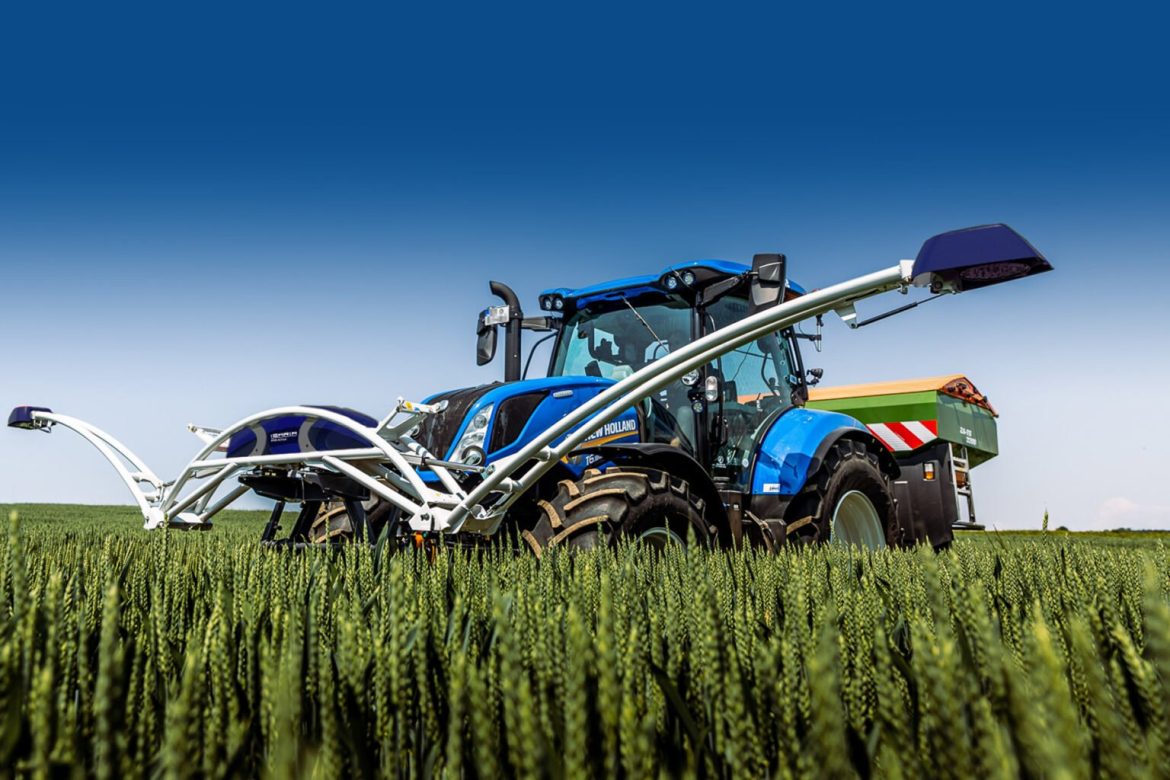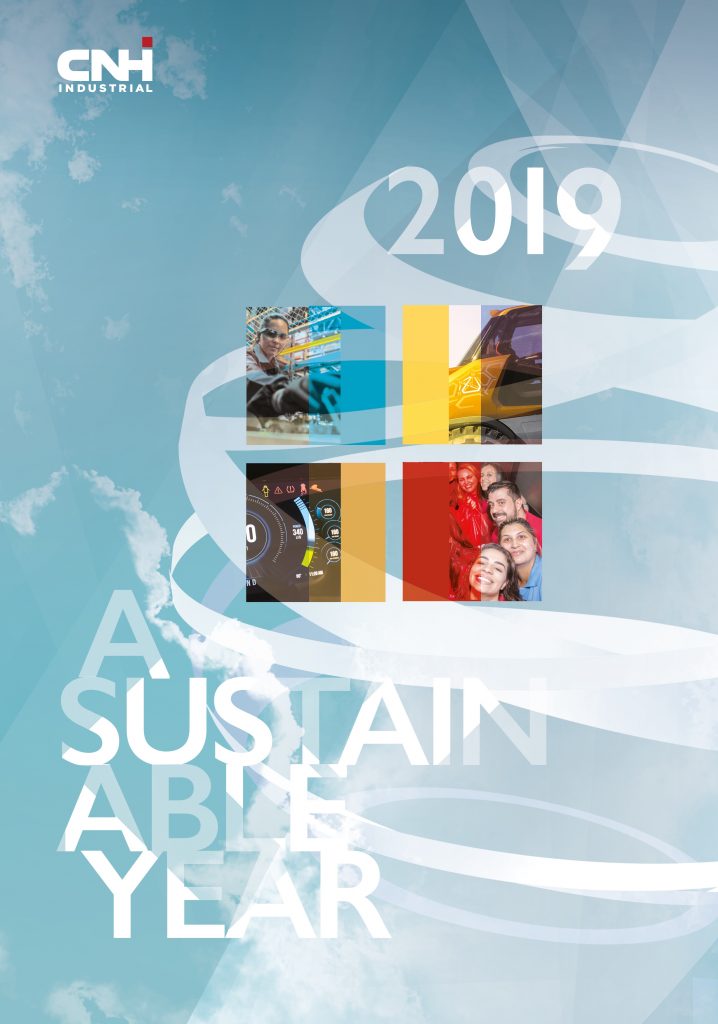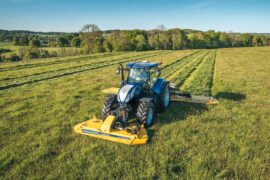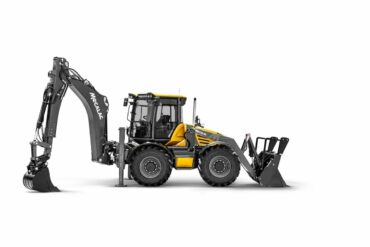It is now well established that yield ratios in the sub-areas of a field are different. Despite this, field-uniform fertilization is still widespread. As a result, the crops in low-yield areas can be partially over-fertilised.
The consequences are high costs, since too large a quantity of expensive fertiliser is applied, and nitrate pollution increases when plants in low-yield locations cannot absorb the fertilizer. It’s also bad for the environment. On the other hand, some plants in high-yield areas remain undersupplied and cannot exploit their yield potential.
This is exactly where site-specific management comes into play. In order to apply fertilizer and other application materials exactly where they are needed, farmers can expand their own know-how with data from plant sensors and thus optimize stock management. This is especially important in times of rising mineral fertilizer prices, costs are saved.
The new ISARIA PRO Active plant sensor is claimed to be ideal for those with previous knowledge of smart farming and is profitable for larger arable and mixed farms. It can be used day and night as it works independently of environmental influences.
However, the use of plant sensors is not only suitable for large farms. The ISARIA system is available in different versions and is also claimed to be profitable for smaller farms from 80 ha upwards. ISARIA offers sensors for site-specific management such as the ISARIA PRO Active and ISARIA PRO Compact. The sensors are supported by the free ISARIA CONNECT PC software. Due to its intuitive and simple operation, the system is claimed to be suitable for those farmers getting started with smart farming.





